Practical 1
1/47
There's no tags or description
Looks like no tags are added yet.
Name | Mastery | Learn | Test | Matching | Spaced |
|---|
No study sessions yet.
48 Terms

beech

white oak
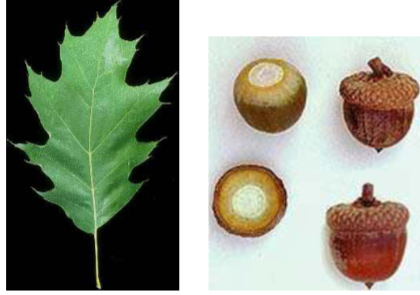
red oak
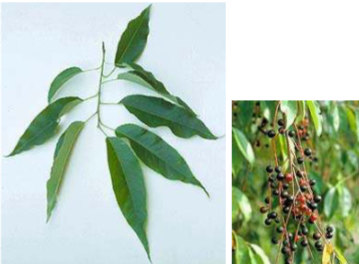
black cherry

black walnut
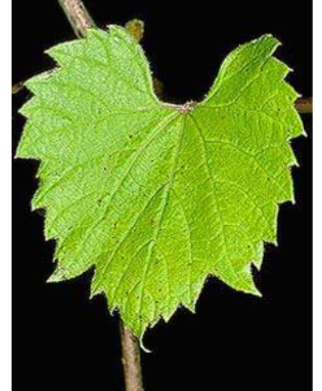
wild grape

sycamore
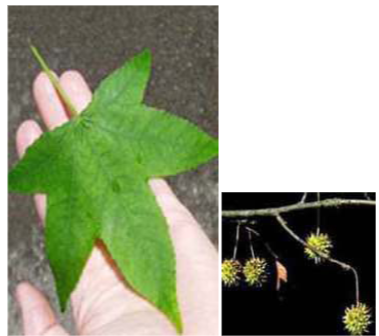
sweet gum
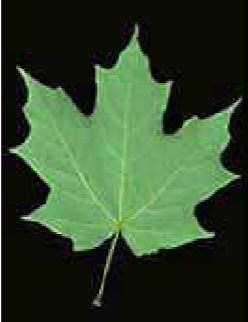
sugar maple
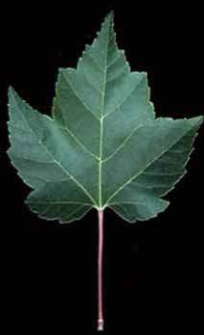
red maple
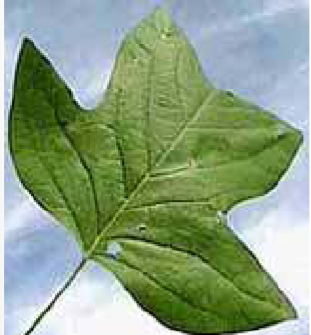
tulip poplar

white ash
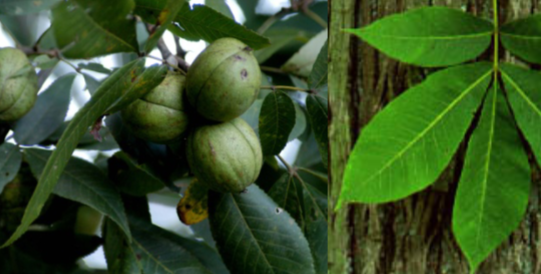
shagbark hickory
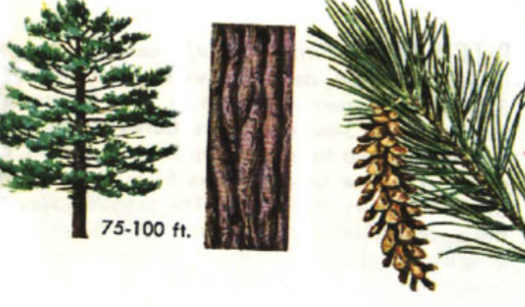
eastern white pine
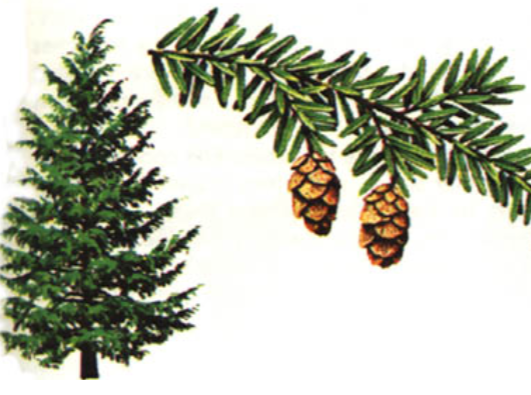
eastern hemlock
PDR
Pellet Deposit Rate
At what age are deer in Pennsylvania generally considered to be all reproductive?
1.5 yo
Describe a “line drive” for deer.
A line drive involves driving deer through a drive line for population estimation purposes. This line takes the form of counters who stop at designated stopping points. They count the deer as they pass between them and the person to their immediate right.
tongue side of a mammal’s jaw
lingual side
6 mo deer
3 PM 1 M
3rd PM = 3 cusps
1.5 yo deer
3 PM 3 M
3rd PM = 3 cusps
2.5 yo deer
3 PM 3 M
3rd PM = 2 cusps
all pointy
3.5 yo deer
3 PM 3 M
3rd PM = 2 cusps
more wear, more plaque, less pointy
diastema
dpace between incisors and PM
cheek siefd of tooth
buccal or labial
enamel
white portion
dentin
dark portion of crown

female deer pelvis
smaller and smooth

male deer pelvis
pointy
male raccoon baculum
young - a little shorter, less ware on the port end
mature - longer, more wear on the port end, more pitting, elaborate body end
camera density calculations
individual bucks / buck photos = population factor
extrapoaltion factor = 1 / percentage photographed based on day
bucks = indivudal number x extraptilation factor
does = photos x populatin factor x extrapolation factor
fawns = photos x populatin factor x extrapolation factor
RAP
rapid assessment programs
indices
indicate presense, not absense or abundance
nests, dens, caches, feathers, tracks, scats, hair
Difference between Lincoln-Petersen and Schable
The number of capture sessions; Schnabel requires more than two sessions.
Two basic ways of determining population size
population estimation
head counts
EIA
evironmental impact assessments
Lincoln-Petersen Index
2 trapping sessions
First Capture = M
caught again = R
total caught section session = C
total # of individuals = N
Schnable method
S = number of smaple sessions
Ci = number of animabls in ith sample
Ri = number of marked animals in ith sample = recaptures
Ui = number of animals marked for the first time
Mi = number of animals marked prior to the ith sample
bio blitz
capture and ID as many organisms as possible
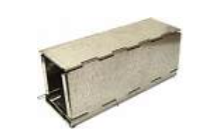
Sherman
portable, foldable, expensive, only 1 animal
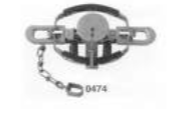
Leghold/foothold
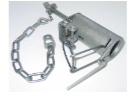
Raccon foothold
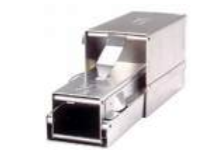
longworth
portable, expansive, more space than Sherman, 1 animal
easy to break out of

victor mole
KILL
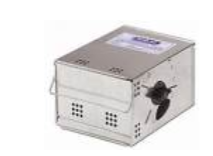
ketchall
annoying to set
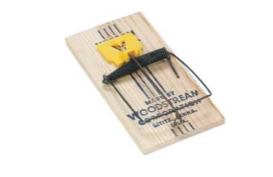
museum special
KILL
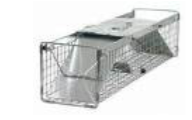
box trap/tomahawk
expensive, 1 animal, could be foldable
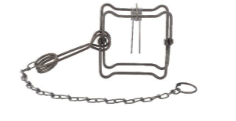
canibear body hold
typically KILL